It depends on the implementation. This actual implementation, looks like an insertion sort, with this amount of data (it could be different, like with Chrome, and the different implementation for less than 10 items or more items), is going from index zero to the end and if a swap has not taken place at the last two items, then it stops, otherwise it goes backwards to index zero.
Basically it tests and changes in this order
5 2 1 -10 8 original order
5 2
2 1
1 -10
-10 8 swap
8 -10
1 8 swap
8 1
2 8 swap
8 2
5 8 swap
8 5 2 1 -10 result
A more complex sorting shows better what is going on, with two greater values, which need to move to the other side of the array
8 9 1 2 3 4 original array
8 9
9 1 swap
1 9
8 1 swap
1 8
9 2 swap
2 9
8 2 swap
2 8
1 2
9 3 swap
3 9
8 3 swap
3 8
2 3
9 4 swap
4 9
8 4 swap
4 8
3 4
1 2 3 4 8 9 result
Live example, does not work in all user agents (eg not in Edge, but in Chrome)
var array = [8, 9, 1, 2, 3, 4];
console.log(JSON.stringify(array));
array.sort(function (a, b) {
console.log(a , b, JSON.stringify(array));
return a - b;
});
console.log(JSON.stringify(array));
.as-console-wrapper { max-height: 100% !important; top: 0; }
